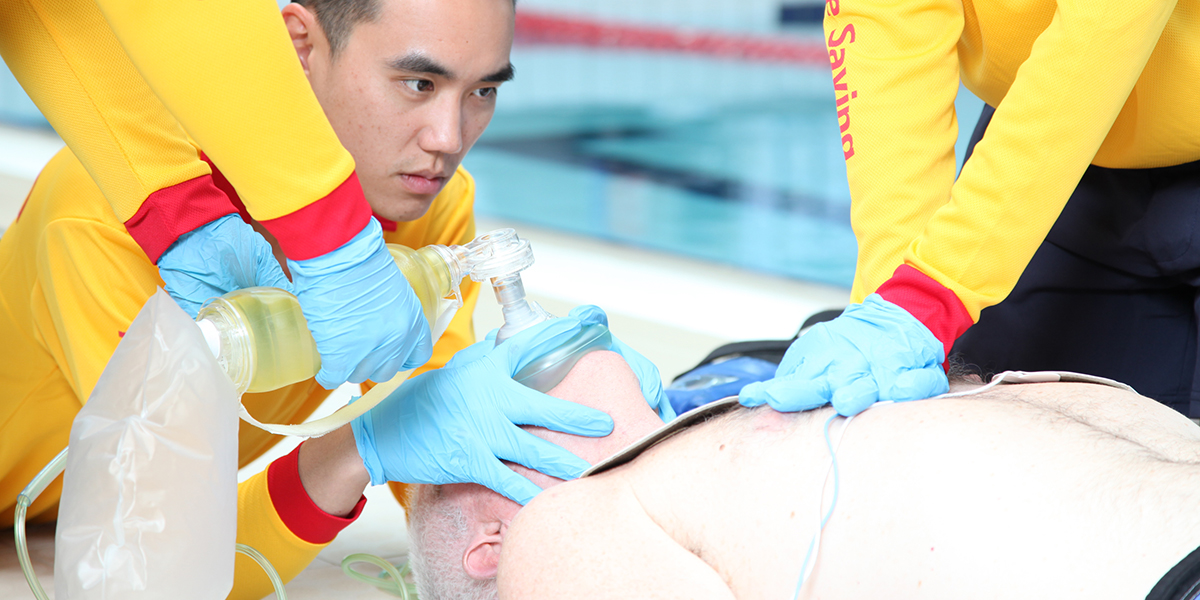Lifeguard training programs focus and give centralize their training programs around some of the basic lifesaving skills. In most states, there is an official lifeguard certification process to obtain, but lifeguards need not be certified to work at any public pool or spa. Lifeguards are trained to ensure the safety of swimmers and others in the water and to respond to emergencies and other incidents. Lifeguard duties vary depending on the situation. Generally, lifeguards are responsible for supervising water activities and ensuring the safety of swimmers.
Some of the basic skills of a lifeguard are:
- Swimming
- Lifeguarding
- CPR
- First Aid
- Emergency Medical Treatment and Transport
- Rescue and Recovery
Table of Contents
Swimming
The lifeguard’s first job is to ensure that swimmers are properly trained and that they have the appropriate equipment. This includes:
- Life jacket
- Flotation device (life jacket or ring life buoy),
- Goggles
- Lifejacket-wearing identification tag.
Lifeguards should check the swimming pool area for hazards, such as:
- Unsafely placed diving boards
- Ladders
- Steps
- pools without adequate safety surfacing;
There are also some other safety hazards depending on the water body and facility. In addition, lifeguards should be able to recognize drowning, hypothermia, heat exhaustion, and other illnesses and injuries that can occur during swimming.
Lifeguarding
Lifeguarding is the provision of an organized system of trained professionals, volunteers, and other support personnel who assist swimmers, surfers, boaters, divers, or water skiers in keeping them safe from drowning. The main purpose of lifeguarding is to save lives by providing immediate care for a person who has drowned, is unconscious, or otherwise is at risk of death.
This is one of the basics of being a lifeguard, the ultimate purpose of a lifeguard is to save lives and save people from downing.
CPR:
CPR stands for “Cardiopulmonary Resuscitation.” It is the process of providing external heart and lung support to a patient after cardiac arrest. CPR provides the only known treatment for people suffering from cardiac arrest. Cardiac arrest is a condition in which the body’s natural electrical system is interrupted, causing the heart to stop. AED stands for “Automated External Defibrillator.
CPR is also one of the basic things in which lifeguards should be trained. CPR helps in saving lives in many ways. It saves the lives of those who are choking and those who are drowning in water. It also saves the lives of those who are unconscious or have a heart attack. CPR also helps in preventing a heart attack as it helps in stopping a blood clot from getting into your heart. If you see someone who is not breathing, do not panic. The person may be drowning and if that is the case, help him/her to breathe.

First Aid
Lifeguards should be able to provide the first medical aid to the victims in the water, even when they are not trained as a lifeguard. The first aid and resuscitation procedures that should be taught to all lifeguards include:
- Application of an appropriately sized lifejacket, depending on the weight of the victim.
- Application of an oxygen mask.
- Immersion of the victim in water to cool the body.
- Removal of water from the mouth, nose, and air passages by blowing into the victim’s mouth.
Lifeguard is trained in providing basic medical assistance to the people needing it in the time of trouble in water or near water. This is an important part of the lifeguard training programs at all lifeguard training facilities.
Emergency Medical Treatment and Transport
Emergency Medical Treatment and Transport in lifeguarding is an important things. This is a very good thing, but it does not take away the fact that you need to be trained in CPR, AED and first aid in order to have the required knowledge and skills to treat someone who has been injured. If you are a Lifeguard then you have been trained in these areas. However, if you are not, you should still be trained as they will provide you with the knowledge and skills you need.
Rescue and Recovery
Rescue and Recovery are the essences of lifeguard training and a basic part of being a lifeguard. The purpose of Rescue and Recovery is to provide a safe place for all persons who are in danger, or in need of assistance, and to do so in an efficient and timely manner.
Summary:
Lifeguarding is an important job and requires some of the very important basic skills to be possessed by a lifeguard. We have highlighted some of the most important lifeguarding skills in this short writing. If you are interested in becoming a lifeguard then select a lifeguard training program from the American Lifeguard Association and learn some of the most important skills that are necessary for life-saving.

